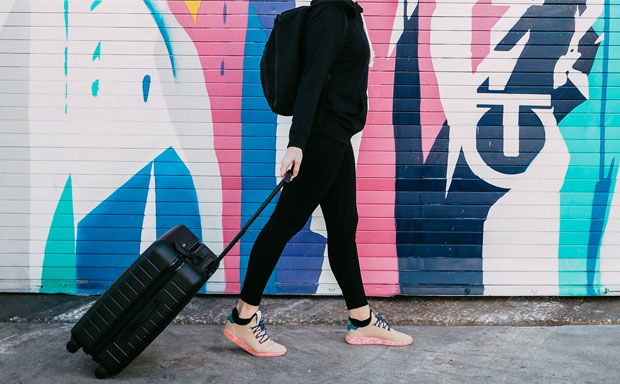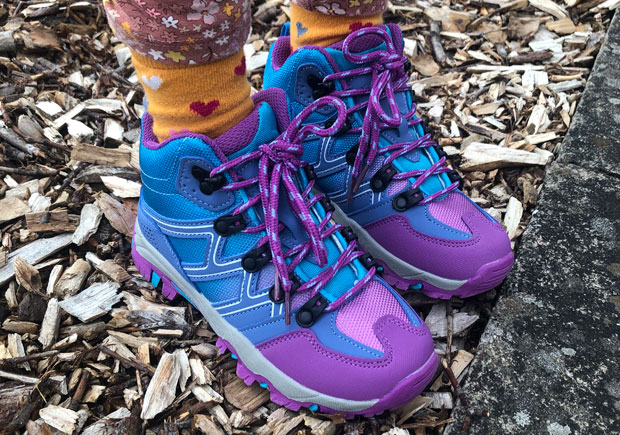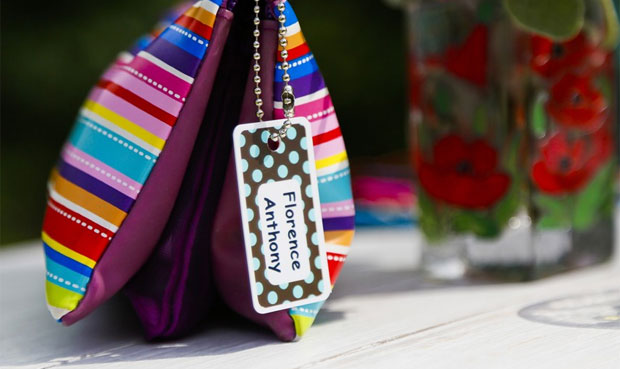Packing for a School Residential Trip | The Ultimate Guide

Packing for a School Residential Trip | The Ultimate Guide
Your child going on their first residential trip is an exciting time. They might be feeling a bit nervous too – and so are you, I’m sure! Don’t worry, your child will most likely love it! The main thing you need to do to get ready for a residential trip is to pack. You might be wondering what to pack for a residential and that’s why you have found this article. This is a guide all about packing for a school residential trip with lots of tips and advice.
1 – Read and follow your school’s packing list
Your school has most likely given you a packing list for your child’s school residential trip. As a minimum, make sure you pack everything on that list. It will have been tailored to the actual trip that your child is going on so should include all the essential gear. Additionally, it will be tailored to the rules of your school. Some schools allow children to take their own snacks and treats for example while others don’t. Use this list to get you started with packing and then add any extras that you think your child might need.
2 – Choose the luggage wisely
Your school might have rules about what kind of luggage to bring too. Some require the children to pack in large backpacks whilst others allow suitcases. Follow the school’s guidelines and make sure that your child can carry all their luggage on their own.
Wheely suitcases are easier for children to carry – well, pull along – and hard case options are very durable in case the suitcase gets wet or thrown around. For some trips, your child will also need a smaller backpack to use as a day backpack to carry a packed lunch – their regular school bag should be fine for this purpose.
If possible, make sure everything your child needs fits into the allowed luggage – even their sleeping bag and pillow if required. Having things loose or adding extra bags will increase the risk of things getting lost.
A suitcase or rucksack that’s a bit too big is ideal as having a bit of spare space will make it easier for your child to repack at the end of the residential school trip when it’s time to go home.

3 – Involve your child in the packing process
Involving your child in the packing process is a great idea for several reasons. Firstly, it will ensure that they know what is in their suitcase. Secondly, it will help them be able to find things easily while they’re away. Thirdly, it will help them repack it all at the end of the trip.
4 – Start packing early
Some people are last minute packers, while others like to be more prepared and pack early. I’m the latter and I would recommend starting to pack for your child’s school residential a week or so before the trip.
This will allow you the time to solve any problems and give you the time to buy things that you realise that you need. Perhaps the suitcase you were going to use is too small and you need to borrow another one from a family member. Or perhaps the waterproof trousers that you have at home are now too small. Or your child’s regular deodorant is an aerosol, but the trip requires a roll on, so you need to buy a new one. Or some of the things that you need to pack need washing first. All these things are small problems when you have the time to sort them out. Though, if you’re packing the night before the trip, some of them can become bigger issues.

5 – Use packing cubes instead of outfit bags
I’ve seen parents mentioning packing individual outfits into small plastic bags for their children. It’s an interesting idea but for school residential trips I would recommend using packing cubes in your child’s suitcase instead. Then you can pack tops into one, trousers into one, underwear and socks into one, and so on. This will allow your child to easily find what they need. Then they can dress according the the local weather and re-wear clothing items that are not dirty instead of getting a new outfit for each day that might not be appropriate for the weather or the activities that they’ll be doing that day.
6 – Pack old clothes
Many school trips involve outdoor activities so when choosing clothes to pack for your child’s residential, pack old clothes if you have some available. Things that can get dirty, stained or broken without it being a big deal. Your child needs to be able to have fun and enjoy the activities fully without worrying about damage to their clothes. Pack older joggers and t-shirts that are a bit worn. If you don’t have anything suitable at home, pick up some bits from a charity shop or ask friends and family.
My daughter didn’t want to risk ruining her favourite hoodie so we bought a simple black hoodie in the sales for her to take with her. She’ll be able to use this for other outdoorsy adventures over the next few years too so it was a good little investment.
7 – Overpack a little bit
Always overpack slightly. A few extra pairs of socks and pants, and a spare outfit or two do not take up much space but will be so appreciated if needed. Your child might get wet or dirty which will mean that they need to change their clothes more often than planned.

8 – Pack suitable shoes
Shoes will take up a large amount of space in your child’s suitcase, most likely. For my daughter’s school trip, the school asked us to pack at least two pairs of trainers, a pair of waterproof shoes (like hiking boots), as well as a pair of slippers or sandals. Let your child wear the bulkiest pair for the travelling, then pack the rest. Pop the shoes in plastic carrier bags to keep them away from the clean clothes in the suitcase. These bags will come in handy when it’s time to pack for the return trip too.
9 – Dealing with dirty clothes
Your child will need a system for their dirty clothes too. Many schools suggest packing a plastic bin liner for laundry. You can also use a waterproof travel laundry bag or a large wet bag for this purpose.
10 – Save space where you can
Since you won’t have lots of packing space, try to save space wherever you can. A microfiber towel takes up a small fraction of the space of a regular one for example. It also dries much faster! Choose travel sized toiletries where possible too – a small tube of toothpaste and small leak-proof refillable bottles for shower gel and shampoo (fill these with your child’s usual products).

11 – Label your child’s belongings
Some schools ask you to label everything that your child is taking with them. As parents, we can use our common sense to know what’s important to label. Also take into account how organised your child is and if they normally misplace their things. Label clothing with a Sharpie Rub-a Dub Laundry Marker and put name labels on other items. You can make your own name labels for anything that doesn’t need to be wash-proof. Don’t pack anything that’s precious and that your child would be upset to lose. Even if it has a name label on it, your child can still misplace it.
12 – Check the weather forecast
When you are getting close to the date of the trip, check the trip destination’s local weather forecast. You should always pack for different weather conditions no matter what though. British weather changes very quickly and often involves lots of weather conditions on a daily basis… Pack sun cream, sun hat/cap, shorts and short sleeves for sunny days and waterproof trousers, waterproof rain coat and extra changes of clothes for rainy conditions.
Checking the forecast in the days before the trip will let you adjust the packing if needed. If it’s going to rain every single day, you child might need several jackets and extra clothes, for example.
Packing for a School Residential Trip – Conclusion
Those are my top tips for packing for a school residential trip. Hope these have been helpful for you if you are preparing for your child’s first residential!





